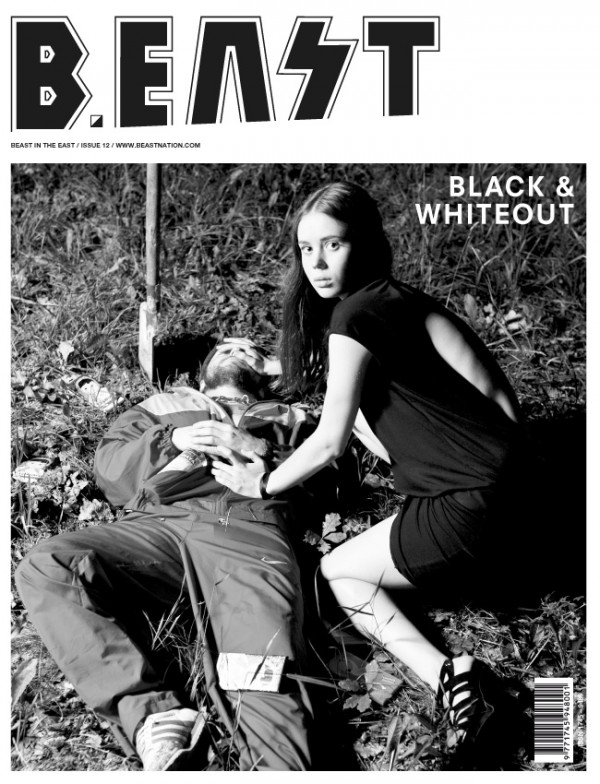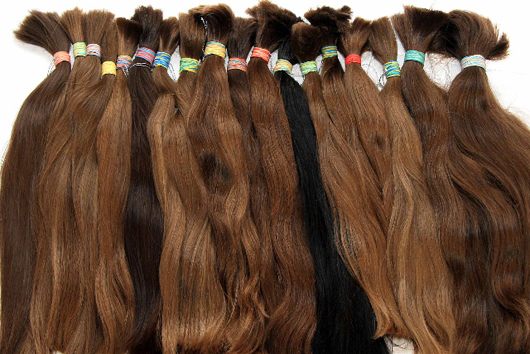Trying to secure advertiser support for independent magazines can sometimes feel like panhandling or worse. If your publication attracts under 10,000 readers, you fall outside any media planner’s consideration. Even if those 10,000 readers are devoted, intelligent, influential followers who would likely transfer some of their loyalty to brands that help keep their favourite indie mag alive. Few ad account managers have woken up to the potential benefits of tapping into highly-respected low-circulation cult magazines – they look only for quantity, and ignore quality. Worse still are the brands that think so highly of themselves that they consider even their advertisements to be products with intrinsic value. With this mindset, they expect magazines to give them benefits for the right to be associated with their brand by publishing their ads for free. Some of the biggest fashion labels in the business pay not a cent for their glossy spreads to appear in magazines under this backward logic. This is taken a step further by the most obnoxious brands, which refuse to grant some mags the grand privelledge of publishing their unpaid advertisements. As one haughty advertising manager told one of the mono.kultur team: ‘We don’t do free ads.’ Meaning, we won’t allow you to carry our label, even if it costs us nothing. To which our clever representative replied; ‘Good, as we don’t do free ads either.’
Independent magazines are forced to go to extraordinary lengths to stay afloat. But the measures taken by one eastern European culture magazine, B EAST, must set a record for desperation and cunning. After surviving for three years on a shoestring budget, B EAST (of which I am a contributing editor) fell victim to the financial crisis of late 2008. It published its last print edition and retreated to an online-only model. From an apartment in Kiev, the magazine’s publisher Vijai Maheshwari came up with a novel way to fund a relaunch. He set up a business exporting Russian hair to salons and wig manufacturers around the world.
The hair, marketed as ‘Virgin Russian’, is highly sought-after in the hair extension industry, which, unlike magazine publication, is booming and profitable. The hair is sourced both from local hair salons and from girls in Ukrainian & Russian villages, who are paid a fair rate for their locks, which are then sanitised, processed and shipped worldwide.
The profits from the hair export business were used to pay for the printing of the new edition of B EAST. To save costs, it was printed in a prison workshop in Prague. All writers, photographers and editors donated their work and energy. The new edition was distributed this month, and is now making its way on to the shelves of smart magazine shops around the world. Next time you pick up an independent magazine, think of the Ukrainian village girls who with their blond locks help keep the industry afloat.


